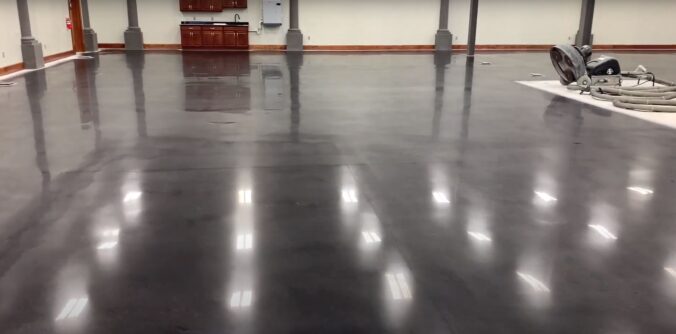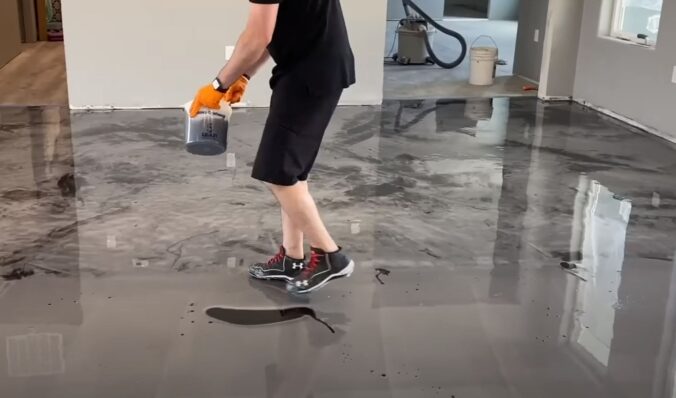Selecting the Right Floor Polishing Contractor in Auckland
Understanding Your Needs
Before searching for a floor polishing contractor, you should first understand what you’re looking for. Are you aiming for a glossy, showroom-quality finish, or do you want something more matte and understated? The types of floors common in areas like Parnell might differ from those in Herne Bay, given the architectural distinctions between these suburbs. This can influence both the kind of polishing required and the cost.
Experience Matters
Seek out contractors with ample experience, especially with the specific type of flooring you have. Experienced contractors will not only achieve better results but will also be better equipped to handle any unexpected challenges that may arise during the polishing process.
Check Reviews and Testimonials
Former clients’ experiences can offer invaluable insights. Read through reviews and, if possible, view before-and-after photos of the contractor’s previous projects. This can provide a clear picture of the quality and consistency of their work.
Types of Finishes and Cost Implications
There are several finishes to choose from, each with its distinct appeal and price tag. A basic grind and seal might cost less than a full mechanical polish, for instance. In regions like Auckland, the diversity in housing and architectural styles, especially in suburbs like Parnell and Herne Bay, means the floor type and subsequently the finishing technique might differ, influencing the overall cost.
Insurance and Licensing
Ensure your chosen contractor is licensed and insured. This safeguards you from potential liabilities, should accidents occur during the project.
Ask About Equipment and Materials
The best contractors will use top-notch equipment and premium materials. They should be willing to discuss the products they use and explain why they’ve chosen them for your project.
Turnaround Time
While you certainly want the job done quickly, it shouldn’t be at the expense of quality. Discuss the projected timeline to ensure it aligns with your expectations.
Environmentally Conscious Practices
For those concerned with environmental sustainability, it might be beneficial to inquire about the ecological footprint of the products and methods your contractor employs.
Summary of Floor Polishing Costs in Auckland
| Type of Finish | Pros | Cons | Approx. Cost (NZD) |
| Basic Grind and Seal | Affordable, Quick | Less durable than other finishes | $90 per sq. m |
| Full Mechanical Polish | Highly durable, Aesthetically superior | More time-consuming, Expensive | $140 per sq. m |
| Honed Finish | Matte look, Non-reflective | May require frequent resealing | $110 per sq. m |
Conclusion
Selecting a floor polishing contractor in Auckland requires a bit of research, but the effort ensures a beautifully finished floor that adds value and beauty to your home. Whether you reside in Parnell or Herne Bay, the principles remain the same: prioritise quality, experience, and transparency in your chosen professional.
Frequently Asked Questions about Floor Polishing in Auckland
Why is the cost of floor polishing different across suburbs like Parnell and Herne Bay?
The costs can vary due to factors such as property size, floor condition, and specific homeowner requirements. Additionally, the architectural styles in different suburbs might require varied polishing techniques, affecting the overall pricing.
How long does the floor polishing process typically take?
The duration largely depends on the floor’s size and condition, and the chosen finish. However, most residential projects in Auckland can be completed within 3-5 days.
Can I stay in my home during the polishing process?
While it’s technically possible, it’s recommended to make arrangements to stay elsewhere. The process can be noisy, and there might be odours from the products used.
How long before I can walk on my newly polished floor?
For most finishes, you should wait at least 24 hours before walking on the floor. However, consult with your contractor for specific guidelines.
Do polished floors require special cleaning methods?
No, regular cleaning with a pH-neutral cleaner should suffice. Avoid using harsh chemicals that can damage the polish.
How often will I need to get my floor repolished?
Depending on the type of finish and the floor’s usage, a polished floor can last many years before needing a touch-up. Regular maintenance and proper cleaning can extend its lifespan.
Are there any hidden costs I should be aware of?
It’s crucial to discuss all aspects of the job upfront. Some contractors might charge extra for furniture moving, repairs, or if they discover issues like cracks during the process.
Is there a warranty for the floor polishing job?
Most reputable contractors will offer a warranty for their work. Ensure to discuss the warranty’s terms and duration before finalising your flooring contractor.

